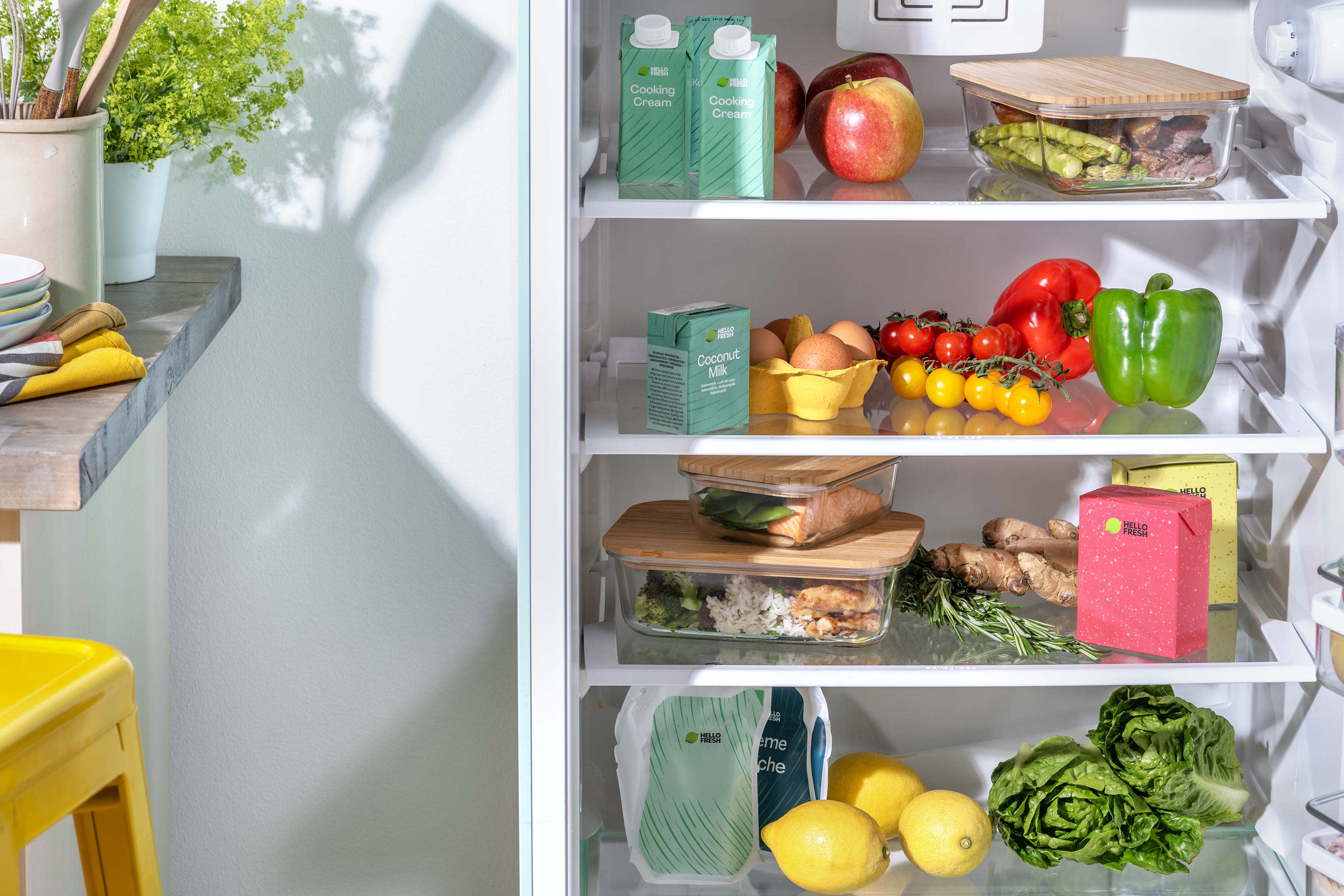Make your kitchen greener
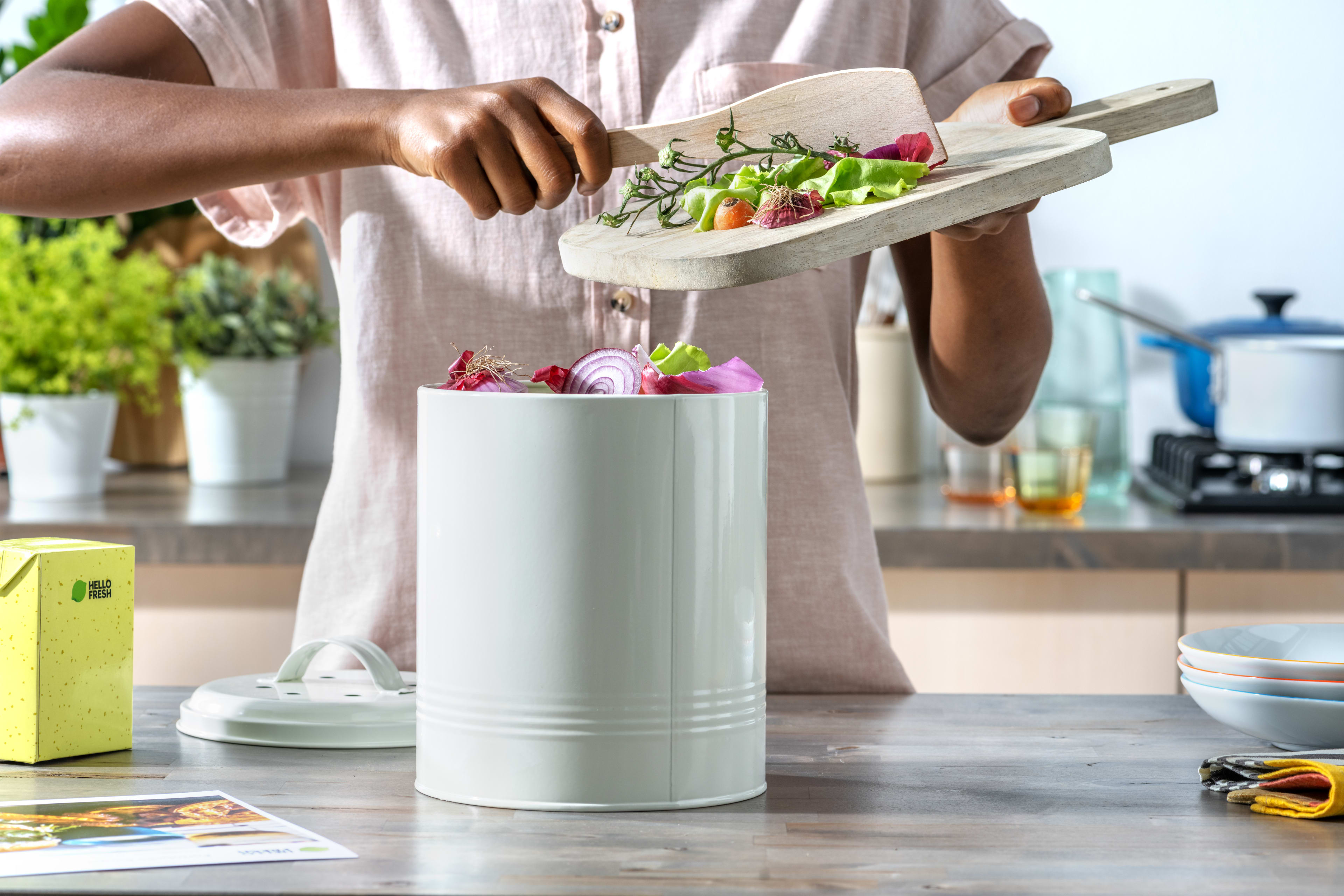
What’s the impact of food waste on the environment?
Research has shown the wildfires that devastated Australia in late 2019 and early 2020 were 30% more likely because of human-induced climate change.
With this in mind, it's incredible to learn that 8-10% of global greenhouse gas emissions are associated with food that is thrown in the bin.
What's more, according the the United Nation's Food Waste Index report, published in March 2021, Australian households have the third highest amount of food waste per person in the Western world.
With an average of 102Kg of food waste per person each year – nearly 40% higher than the global average.
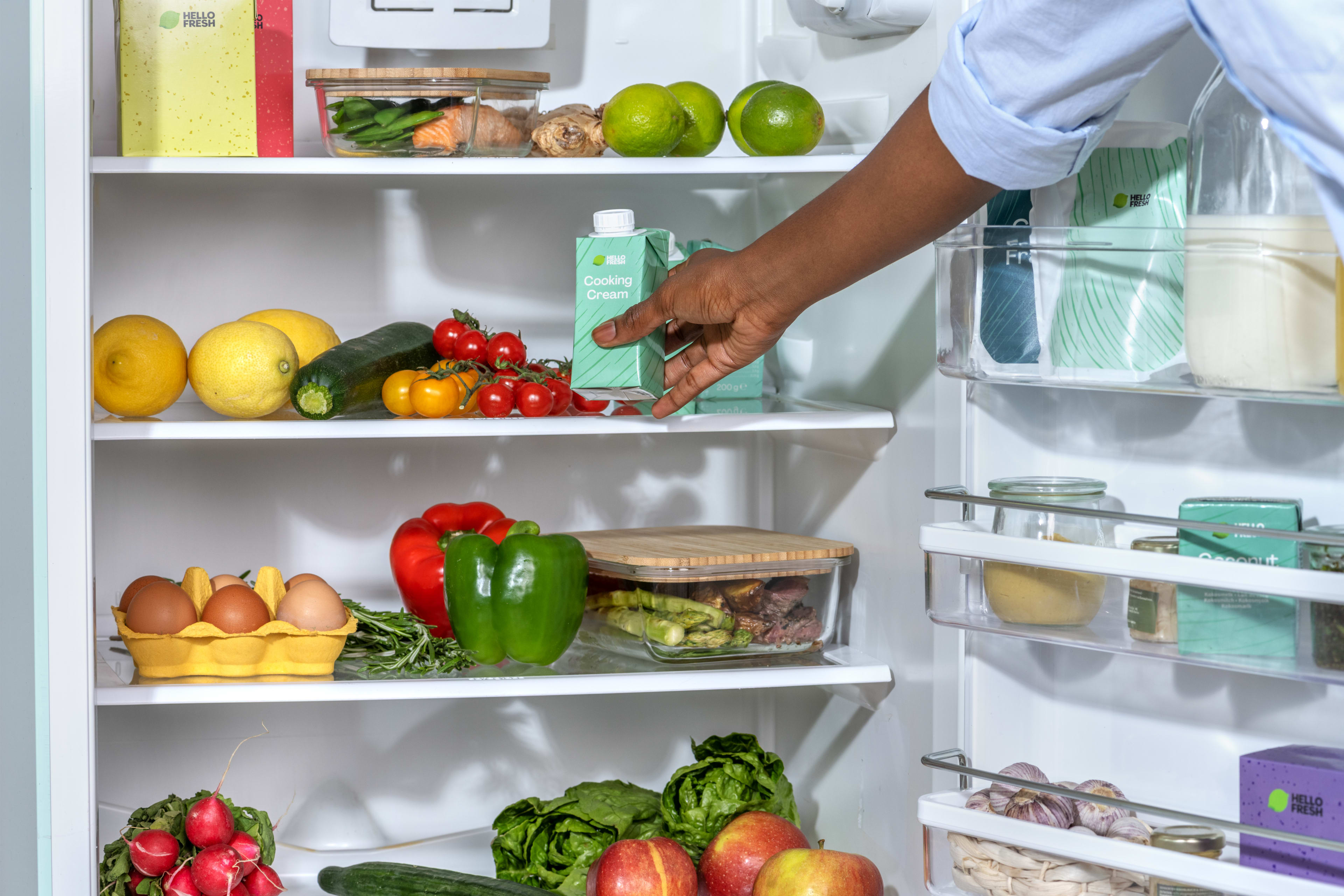
Where do I store my food so it lasts longer?
Bruno Bouchet from Sydney – known as the 'List King'' for his viral social media posts – tweeted his definitive list of which items should be stored in each.
It was a reply from a popular chocolate brand that left people perplexed: "Chocolate should always be stored in a slightly cool, dry, dark place such as a cupboard at temperature less than 21°C to ensure the quality isn't compromised."
One commenter took a seasonal approach of 'summer in the fridge, winter in the pantry', but this could be further refined with a regional approach across Australia.
We'll leave chocolate preferences down to you, but it's important to store dairy products, including eggs, in the fridge.
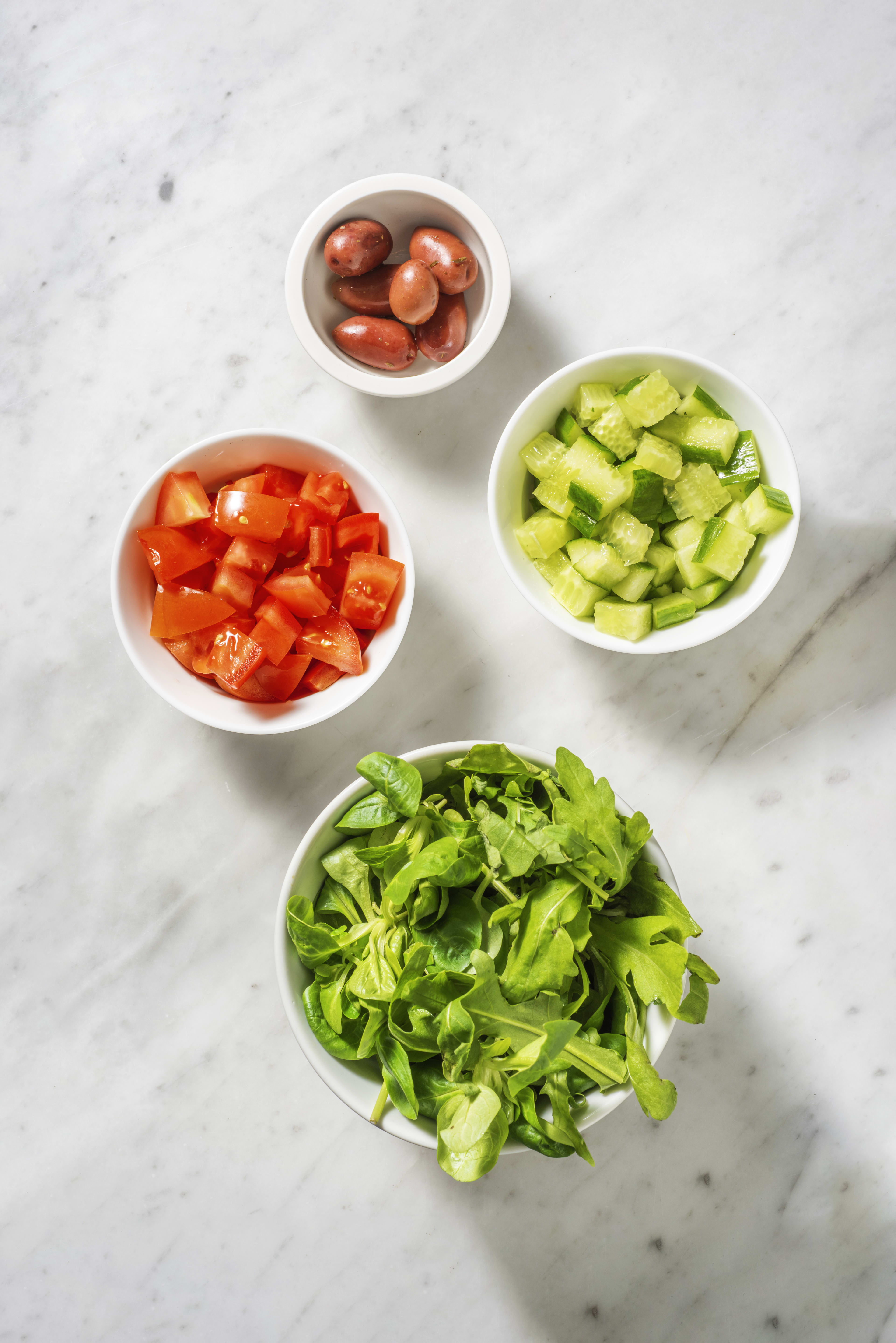
Where do I store my fruits and vegetables so they last longer?
Many wellness enthusiasts and food bloggers, like Sydney-based Jenny Wong, love sharing images of what's inside their fridges.
The shelves of bright and colourful fruit and vegetables can almost turn the humble kitchen appliance into a food-art installation. But should all fruits and vegetables be stored in the fridge?
Most fruits and vegeatbales are best kept in the fridge.
However, garlic, onions, butternut squash, potatoes, pineapple, melon, cherries, peaches, plums and tomatoes should be stored in the pantry.
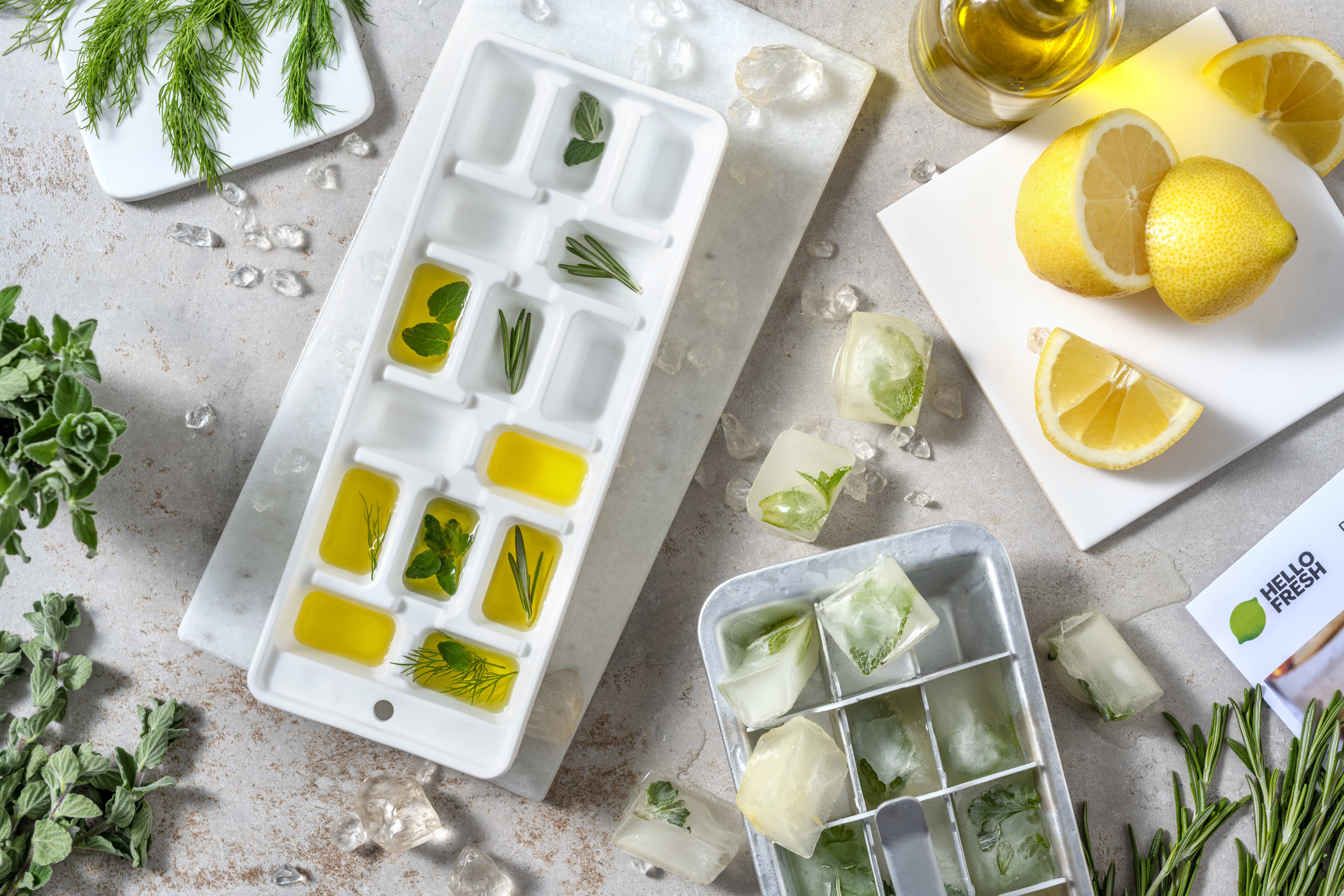
What can I freeze, not freeze?
Internet search data reveals the foods that Australians are most unsure about freezing: cream, avocados, mushrooms, cheese, rice, milk, cooked chicken and ham. You can actually freeze almost any type of food.
It's worth remembering that liquids expand when frozen, so make sure you don't fill the airtight container to the brim. And if the cream or milk already smells like it is past its best, it's too late to freeze it.
Interesting fact: did you know that milk turns yellow when it is frozen? Don't let the colour change put you off!
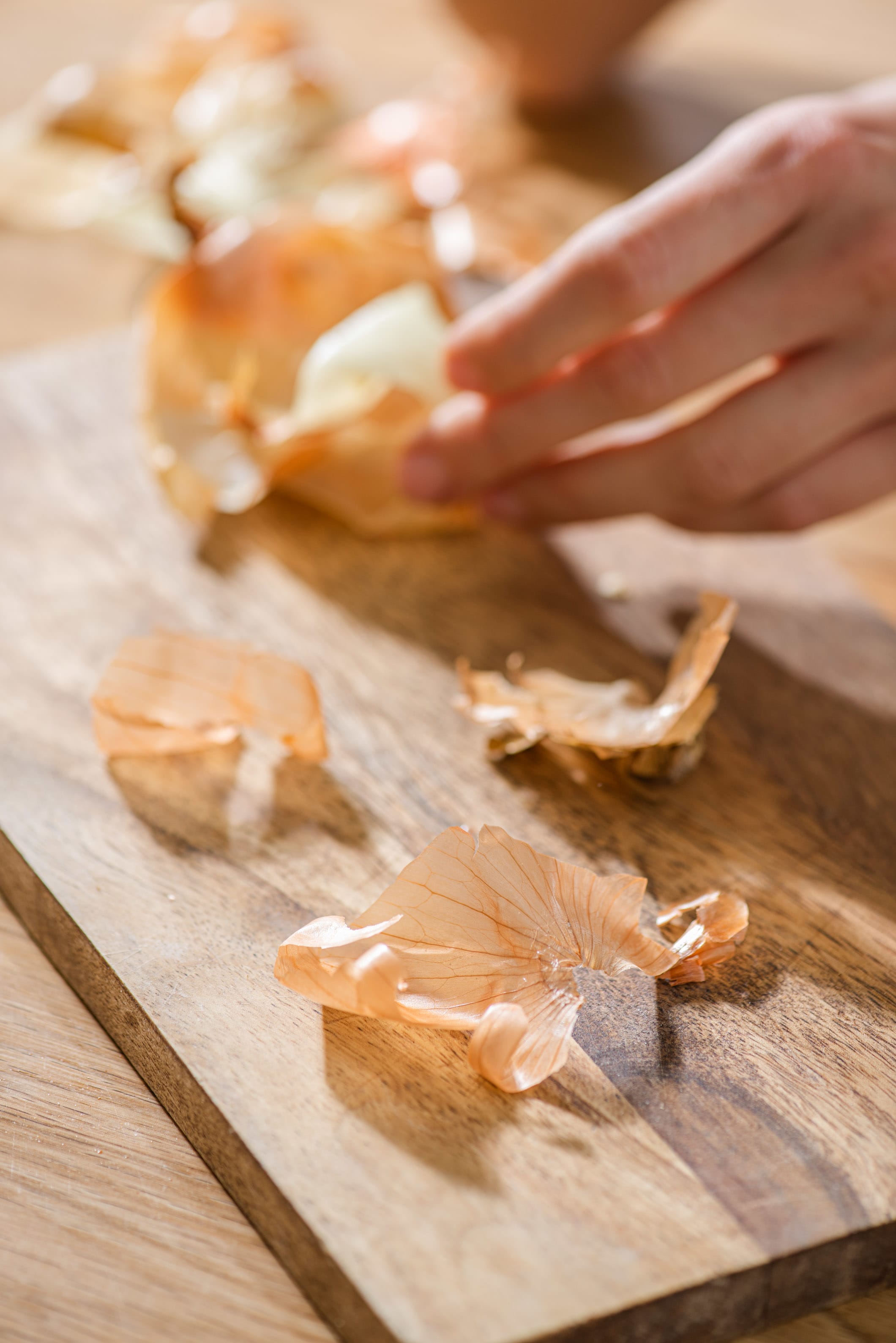
How to make compost at home
There was a surge of interest in composting at the start of the Covid-19 pandemic.
Google searches in Australia for "compost bin" reached an all-time high in April 2020, and searches up by 60% in spring 2020 compared to winter 2019/20.
So what are the most searched questions about it in Australia?
The most common "Can you compost..?" questions are about bread, onions – and even dog poop! The answer to all of these is 'yes'. Just make sure you have compostable dog poop bags.
The only organic material that you should avoid adding to your compost bin is meat, bones and fish scraps, as these can attract pests.
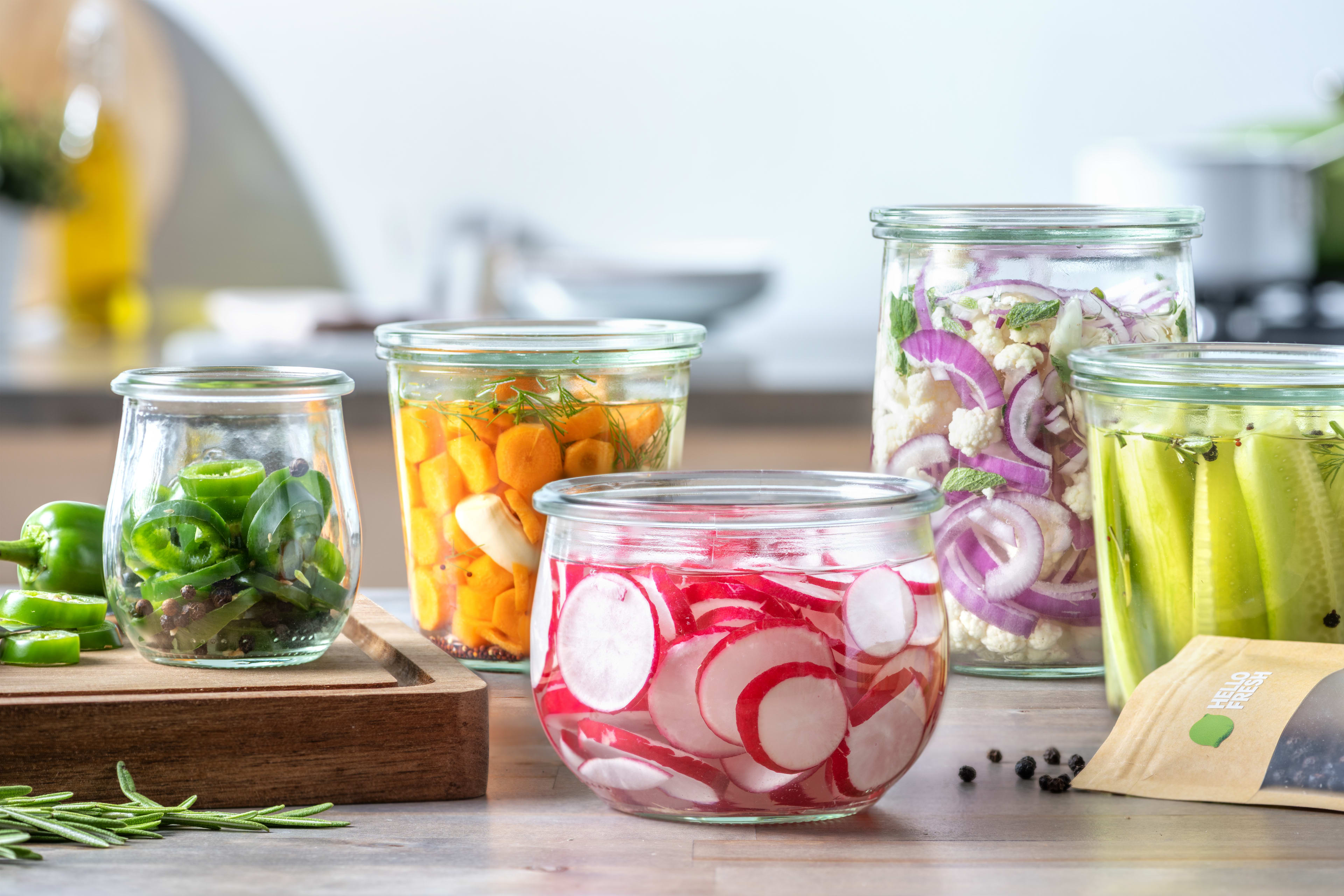
How to pickle/ferment at home
In 2020, Google searches in Australia for naturally leavened bread showed a dramatic 5-fold increase from mid-March to mid-April 2020.
Currently, sourdough only shares third place with tempeh for the most popular fermented food in Australia (exclusing beverages) based on online searches (avaerage of 14,800 searches per month).
It's beaten to the top by sauerkraut (average 18,100 monthly searches) and kimchi (average 33,100 monthly searches).
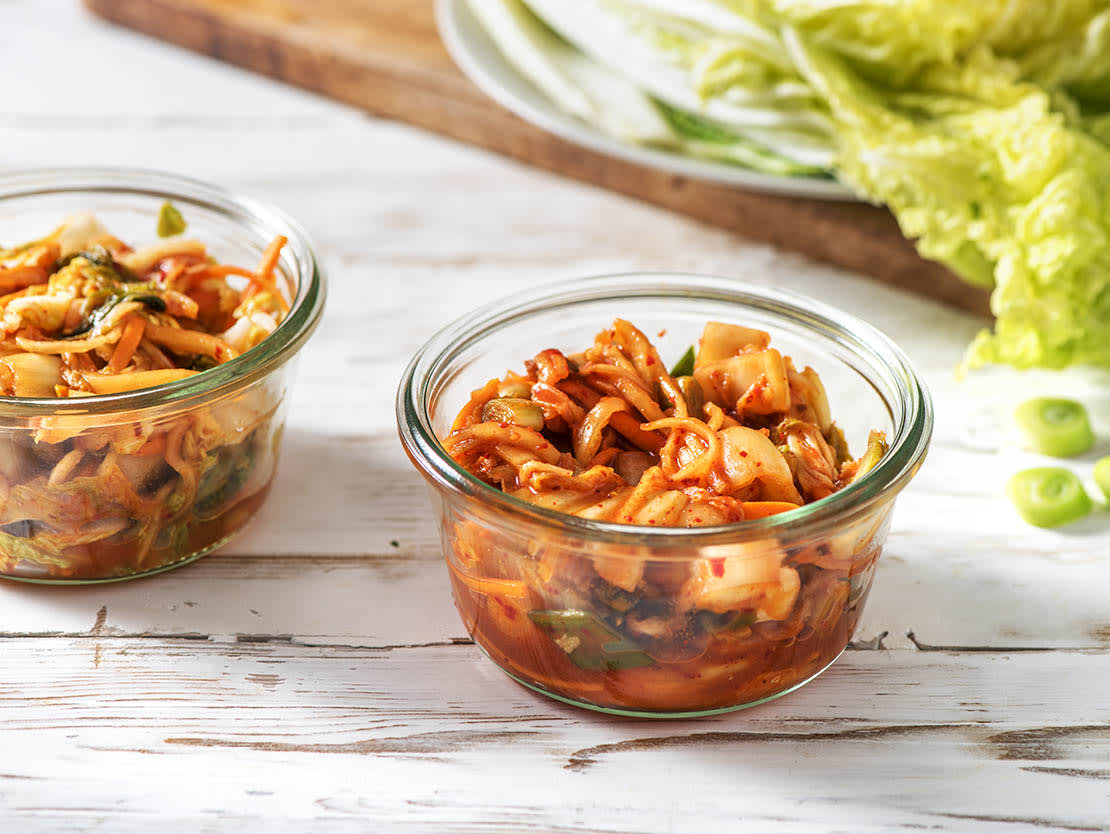
How to make the most out of my leftovers
When it comes to what to make with leftovers, people are mostly searching for "What to do with leftover roast pork/chicken roast/roast lamb/ham?"
And there's sure to be plenty of leftovers, with a HelloFresh survey revealing that 76% of Australians cook more than enough food for dinner.
In the survey, the top choices for lunches from leftovers were salads, sandwiches and Mexican dishes, like burritos and tacos.
